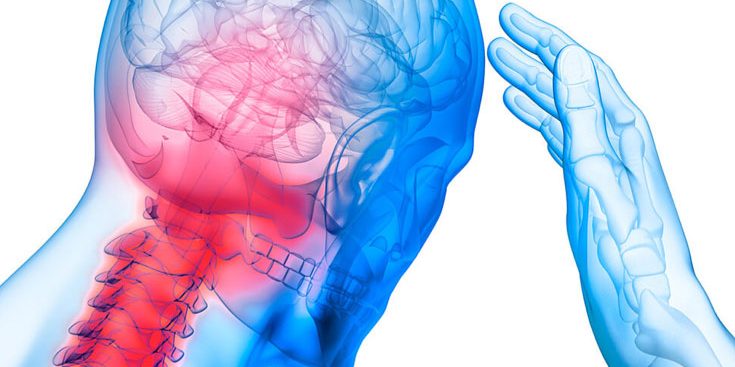Headaches are, unfortunately, something that affects many of us, and some of us even daily! So it’s important to understand what type of headache you might suffer from, and if there are steps you can take to be able to prevent it. There are three main types of headache disorders: migraine, tension type headaches (TTH) and cervicogenic headaches (CGH). CGHs account for up to 20% of all headache disorders and often present as moderate to severe pain that starts in the neck and can last from four hours to a few weeks. Ouch!
People who suffer from CGHs will often complain of a variety of symptoms such as:
- Pain and stiffness in the neck that is aggravated with movement.
- Tenderness in the neck – often associated with referral pain.
- Decreased movement at the affected segments.
- Headaches that are one-sided and feel that they start in the neck.
- Pain in areas such as the temples, around the ears, behind the eyes and the back of the head.
- Nausea, poor concentration and irritability.
CGHs are considered a secondary type headache, meaning that the cause of the headache originates from some place other than in the head. In the case of CGH, the culprit is the upper cervical spine (the top three bones in your neck). Pain is often felt behind the eyes, in the temple region or at the back of the head. Although it sounds strange that the cause of the headache and where you feel the headache are in different places, it makes a lot of sense when you consider the anatomy behind it. The roots of the nerves connecting to the upper cervical spine share a sensory processing centre in the brain with the trigeminal nerve, which is responsible for carrying information from your brain to your jaw and face, and vice versa. Due to the shared processing centre, pain is felt in the head when it is originally coming from the neck.
So, what can cause CGH? Injury or dysfunction of the upper cervical spine can occur due to a range of different conditions. Some of these include osteoarthritis, whiplash, sleeping in awkward positions or poor posture.
The good news is there is a lot of research to support physiotherapy interventions as a successful treatment option for managing CGH. Treatment is often aimed at improving range of motion at the affected vertebrae, decreasing muscular stiffness, and decreasing pain. Techniques that may be used by your physiotherapist include joint mobilisations, soft tissue massage, stretching, muscular strengthening and retraining, dry needling and other exercises.
Your physiotherapist will perform a detailed assessment to determine the cause of the headache. Physiotherapy treatment will usually include a component of manual therapy (hands on treatment) as well as prescribed exercises.
If you are suffering from these symptoms, do not hesitate to book a session with one of our friendly physiotherapists. If you have any further questions, please contact us.
By Zachary Cronk. Physiotherapist








